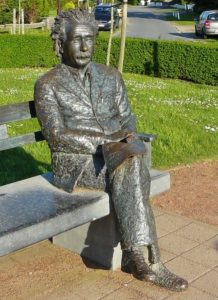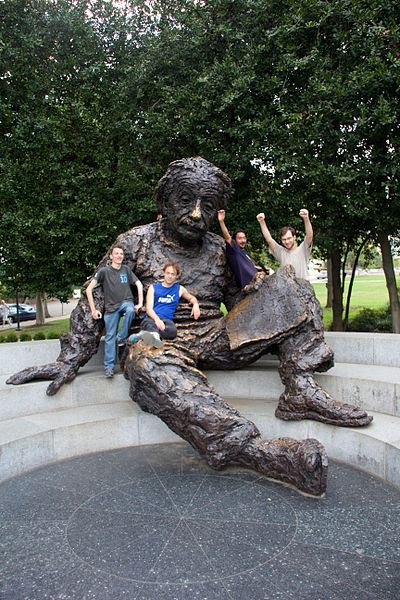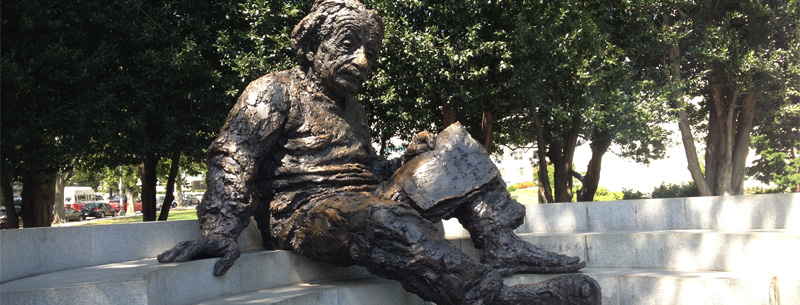Albert Einstein not only didn’t complete high school, but he also tried to enter college before even completing his high school requirements. He then slyly left his boarding school in Munich to join his family who had recently moved to northern Italy, using a fake doctor’s note.

He later applied to ETH Zurich, the Swiss Federal Institute of Technology but actually failed his entrance exam. After finally graduating from college, and for two years afterward, he was like many college grads, unable to find a job in his field, teaching physics. So he took a job as a clerk in a Berlin Berne, Switzerland patent office in 1902.
Nineteen years later, Einstein was awarded the Nobel Prize in Physics, for his work in theoretical physics.
By the time of his death in 1955, he had personally changed the world of physics, introduced several critical theories of relativity and on gravitation, published additional concepts on intermolecular forces, quantum mechanics, and the motions of celestial bodies and what we now call the “Big Bang Theory”.
During his life, Einstein published over fifty scientific papers and is considered to be the greatest physicist of all time. By the end of his life, he was considered to be the smartest man on the planet by many.
When Albert Einstein died, his final words, spoken in German, allegedly died with him, as it is reported that the nurse at his side didn’t understand a word of German.
After his death, his brain was preserved at Princeton Hospital in the hope that in the future, scientists could determine what made Einstein so brilliant.
In 1999 Einstein was named Time magazine’s Person of the Century.
A 21-foot, welded bronze sculpture of Albert Einstein seated on a bench in a small grove of trees is located near the front of the National Academy of Sciences and honors the man synonymous with the word “genius”.

The sculpture, created by Robert Berks, uses the same rough style as the artist’s famous bust of President John F. Kennedy that can be viewed in the main hall of The Kennedy Center for the Performing Arts.
Albert Einstein Memorial
2101 Constitution Ave., NW, at the National Academy of Sciences Building
Washington, DC 20037 (map it)
Dates and Times – Open daily, all hours.
Tickets – none required – Free
Nearest Metro Subway Station – Foggy Bottom – Blue or Yellow line, then about a 1/2 mile walk.
Parking – Metered street parking is available but can be limited, especially on weekends.
